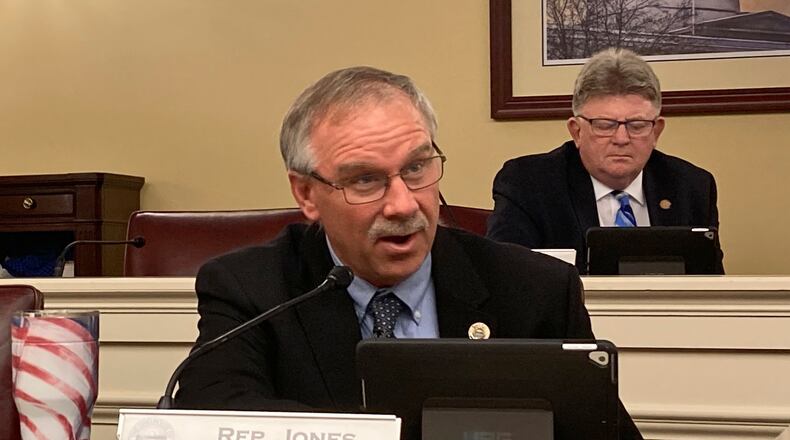Ohioans have been able to apply for a substitute teaching license for the last two school years if they have just a high school diploma, can pass a background check and meet other requirements from their local school district. Previously, a college degree was required. The existing legislation that has allowed flexibility in hiring is expiring at the end of this school year.
The bill, which passed 76-9, also requires creation of a committee to investigate the shortage of substitute teachers and make recommendations on how to attract substitute teachers. Their report would be due in October 2022.
The bill is in response to the shortage of substitute teachers in Ohio during COVID-19. Many substitute teachers are retired K-12 teachers, but anyone over 60 years old is considered at a higher risk of becoming seriously ill with COVID-19, according to the Centers for Disease Control. Some substitutes didn’t feel they could risk it.
But there was also a shortage of teachers in general. Schools also faced issues with teachers getting sick with COVID-19 and needing time off, but not having enough substitutes to cover all the teachers who were sick.
Many administrators and education lobbyists have supported the bill because of the shortage. But at least one superintendent, Robert Peterson of Madison Local Schools in north central Ohio, said the district has been able to recruit college students who are looking for a career in education.
“There’s a lot good in the bill,” said Rep. Adam C. Bird, one of the sponsors of the bill and a Republican from Cincinnati. “It makes sure that teachers are able to teach and make sure that students are able to eat.”
The other sponsor of the bill is Rep. Don Jones, a Republican from Freeport. He noted in Appalachia, where he is from, those with college degrees are most likely already working. But the bill has support from both parties.
“This is not something new; this has been something that has been going on for quite a while,” said Rep. Phil Robinson, a Democrat from Solon and the ranking member on the Primary and Secondary Education Committee. “COVID-19 has exacerbated the situation.”
But not all Democrats supported the bill. Rep. Joe Miller, a Democrat from Amherst and former teacher, said he opposed the bill because the lower standards meant substitutes are not as qualified to teach lessons.
“It’s a slippery slope,” he said. “I hope we find true supports and true solutions to recognizing that our teachers are one of the most valuable public servants here in Ohio and the United States.”
About the Author

